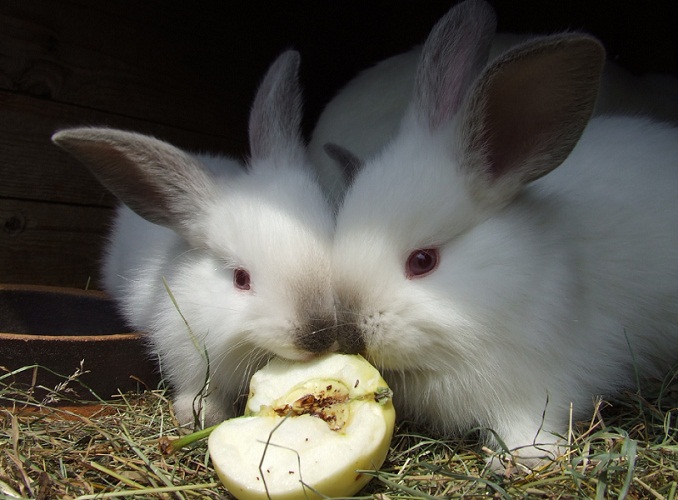
American Rabbit 77
May 25, 2021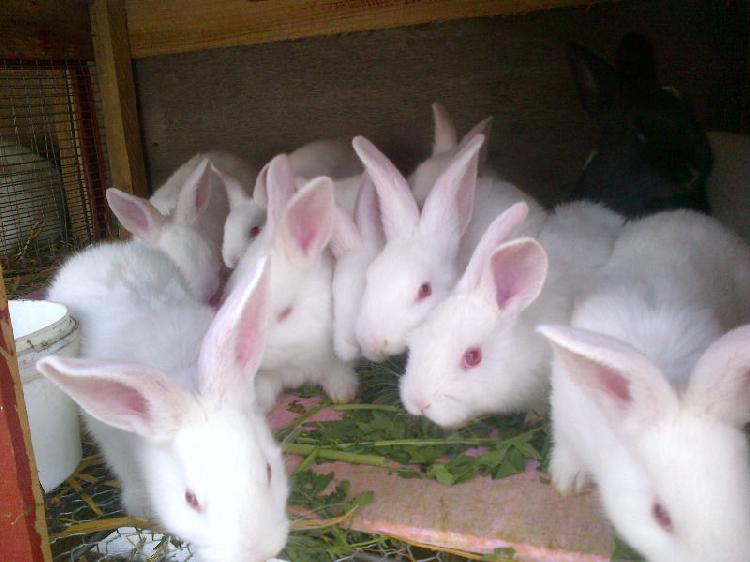
Florida White Rabbit for sale87
May 25, 2021New Zealand Rabbit69
95 $
New Zealand Rabbit for Sale69
New Zealand Rabbit Breed History/Origin
Although their name suggests it, these rabbits are not actually from New Zealand. In fact, they are the first American rabbit breed to be developed. At the beginning of the 20th century, American breeders crossed the popular rabbit types from the ‘old country’ in hopes to develop a meat-producing, show quality rabbit. By 1913, their crosses with genes of Belgian Hares and Flemish Giants were gaining popularity under the name of New Zealand Red Rabbit. Soon after, the albino sports of the breed were developed separately. The first litter of what will become New Zealand White rabbits were born in 1917 when a New Zealand Red doe had four albino kits. The striking beauty of these pure white sports with crimson eyes prompted the breeder to try and replicate them through selective breeding. After this, the rest is history.
New Zealand Rabbits became very popular all across the United States. Many breeders tried to improve upon their qualities or selectively breed them for different purposes. Today, there are 5 distinct New Zealand Rabbit breeds that are recognized by ARBA. New Zealand Reds were recognized in 1916, New Zealand White Rabbit in 1920 and Black New Zealands in 1958. The newest additions to the breed are the broken variety, which was accepted by ARBA in 2010 and the blue variety which had the same luck in late 2016.
New Zealand Rabbits are large, muscular animals that have a beautiful coat.
Overall Description
The New Zealand has a rather well-rounded commercial body shape, which is slender yet muscular. This breed was primarily developed for the production of meat and their appearance shows it. From hips to loins to ribs, the New Zealand rabbit is a well-filled animal. Their head is moderately rounded, and in proportion with the rest of their body. Ears are thick, well-furred with rounded tips and carried erect. Does are bigger than bucks with a maximum weight of 10 to 12 pounds, where the male of the breed is supposed to weigh between 9 and 11 pounds.
Coat
New Zealand rabbits enjoy being handled and are rather easy-going.New Zealand rabbits have short, soft flyback fur that is set tightly in the pelt. Their coat does not need much grooming (as rabbits are generally clean animals), however, should you keep your New Zealand as a pet, you may find grooming them from time to time will reduce the amount of loose hair in your home. To boot, this will make sure your pet doesn’t ingest a lot of their own hair during self-grooming which can be dangerous for their health.
Grooming them once every week or biweekly with a bristled brush should do the trick. Always remember that rabbits should not be bathed, as this causes them great stress and may cause cardiac problems. Instead, spot-clean any dirty areas with a damp cloth.
Colors
The New Zealand rabbit has five colors that is recognized by the ARBA. These are red, white, black, blue, and broken, the latter being any color mixed with white. Each of the coat colors belongs to a separate variety of the breed.
New Zealand rabbits enjoy being handled and are rather easy-going.
Care Requirements
Like all rabbits, New Zealands need an adequate enclosure to eat, sleep, etc. Outdoor enclosures should be raised and have enough space for the rabbit to stretch their legs comfortably, hop about and sit up. Considering this rabbit’s size, their habitat needs to be rather large. As a rule of thumb, any New Zealand Rabbit will need an enclosure that’s 30” by 36”. Indoor rabbit enclosures should be made of sturdy wire all around, have a plastic or metal bottom and be large enough for the New Zealand rabbit to stretch out, just like outdoor enclosures. The bottom of their cages should be covered in rabbit-safe bedding, and it needs to be spot-cleaned every day and completely replaced at the end of every week. Hay, wood pellets, shredded paper, and sawdust are some of the most common choices for rabbit cage bedding.
In addition to spending time inside their spacious and comfortable enclosure, rabbits will also need to be let out to play on a regular basis. However, before you let your pet out, you need to bunny-proof the space they are going to be in. Indoors, remove any toxic house plants or foods your rabbit could get to, hide electric cables and protect wooden furniture legs your bunny will try to gnaw at. Outside, make them a pen that will keep them in a safe area, away from predators and without means to wander off. In both cases, you will have to supervise your bunny.
A New Zealand rabbit’s diet is no different than any other rabbit diet in that it should consist mainly of high-quality hay. Most rabbit owners agree that timothy hay is the best bang for your buck, but orchard hay is also acceptable and the occasional alfalfa grass is also beneficial. The rest of the diet should be a good balance of fruits, leafy greens, vegetables, and pellets. Like hay, there are plenty types of pellets available on the market, some with higher protein content than others.
Be aware of what kind of fruits, leafy greens, and vegetables you have in your home as some are rabbit-safe and others are not. In fact, most leafy greens are unsafe as they can cause digestive issues, especially if you feed your rabbit a large amount of it. Feed your rabbit greens that are high in fiber and nutrients, such as romaine lettuce, and be aware of what kind of fruits you’re feeding (apples are a wonderful choice).

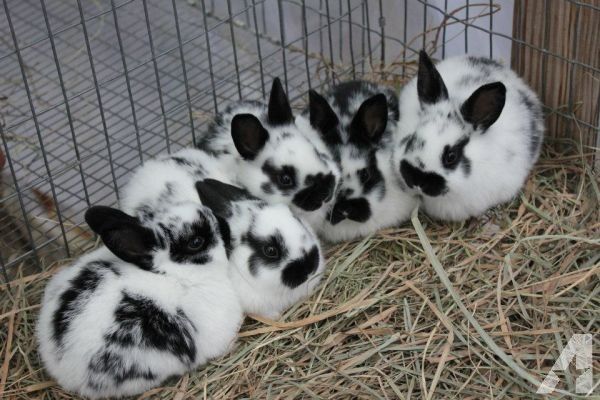
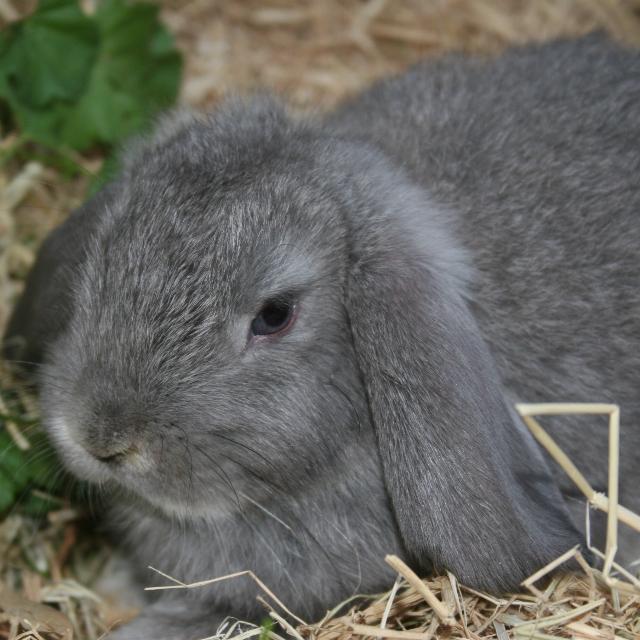
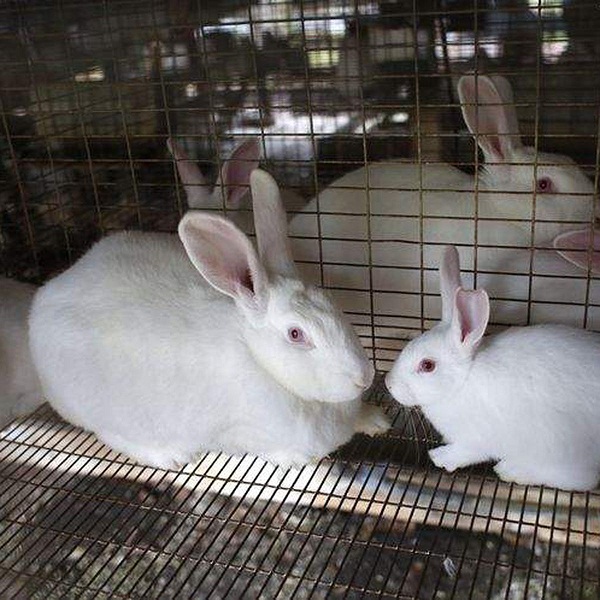
Reviews
There are no reviews yet.